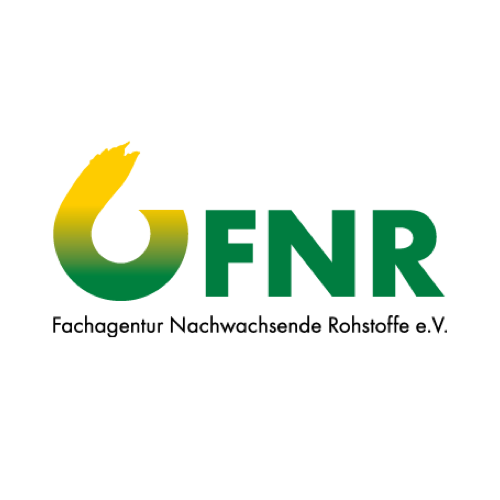2.1 | Water Scarcity
UN Water – Global physical and economic water Scarcity
Identify the country of interest and region on the map.
Enter the corresponding classification regarding water scarcity into the field of data entry.
Go to page
Moderate
Water resources are not scarce on national level in the country of interest. At local level, however, water might be still scarce.
Increased
Water resources might be limited or hard to access at least during certain times of the year. There is an increased risk of water not being available on site.
High
Water resources are scarce and/or hard to access. There is a high risk of water not being sufficiently available on site.
2.2 | Number of People Using Safely Managed Drinking Waters Services
UN Stats – SDG Global Database
Under “Select Indicators and Country or Area”, navigate to INDICATOR 6.1.1 PROPORTION OF POPULATION USING SAFELY MANAGED DRINKING WATER SERVICES. (GOAL6>TARGET 6.1> INDICATOR 6.1.1)
Select the country of interest under “Countries, areas or regions” and under “Period” select at least the last five years. Enter “Show Results” and scroll down.
Under the header “SH_H2O_SAFE” identify the “Indicator 6.1.1, Series: Proportion of population using safely managed drinking water services, by urban/rural (%) SH_H2O_SAFE”. Click on the plus symbol. If “rural” data are available specifically for the country, use the “rural” Data. Enter the date of the most recent year in the box.
Go to page
Moderate
Safe drinking water is a basic element for food security. In the country, the vast majority of people uses safely managed drinking water. On site, there might be a minor risk of health problems due to unsafe water.
Increased
Safe drinking water is a basic element for food security. In the country, the number of people not using safely managed drinking water is increased, health problems caused by unsafe water, e.g. diarrhea, are likely and may affect food security.
High
Safe drinking water is a basic element for food security. In the country, the number of people not using safely managed drinking water is very high, health problems caused by unsafe water, e.g. diarrhea, are very likely and might affect food security.




